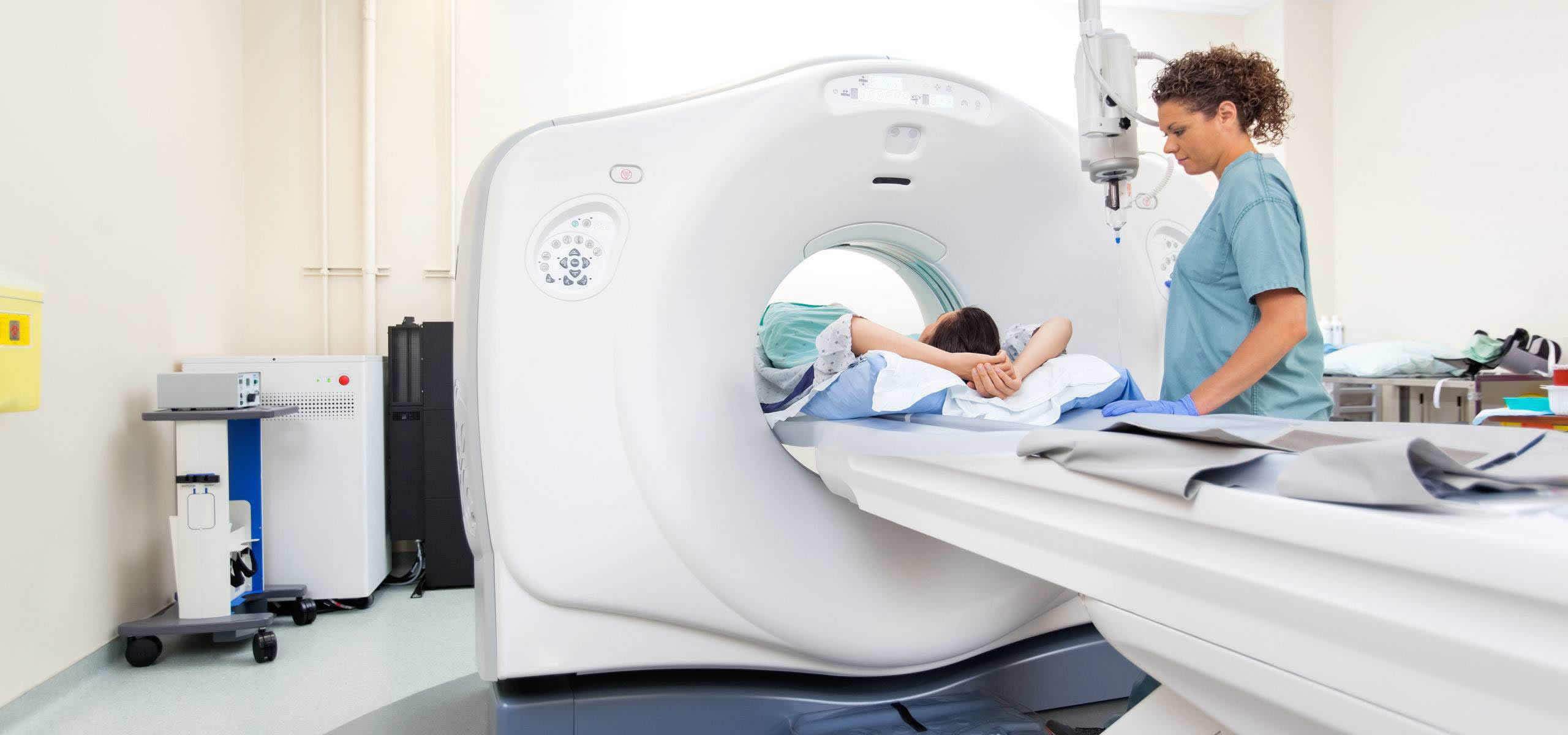EMERGENCY PREPAREDNESS FOR PATIENTS ON LIFE SUPPORT/LIFE SUSTAINING EQUIPMENT
Important Notice: If you, during periods of evacuation or emergency, require evacuation and/or sheltering assistance due to physical impairments, mental impairments, cognitive impairment, or sensory disabilities, it is important that you are aware of your County's Special Needs Shelter program and its Registry.
While all Special Needs Shelters provide a level of medical care that exceeds basic first aid provided at General Population Shelters, the capabilities of each Special Needs Shelter may vary based upon a community's needs and available resources. It is important that you become familiar with the services available within your community before an emergency or disaster strikes, please reach out to your County directly to obtain more information about its Special Needs program.
For your convenience, Airway Management has compiled the following list of contact information for each county we serve. Should you require assistance with registering, please do not hesitate to let us know.
Shelter Registration
-
ALL Counties:
-
FL Disaster.org Division of Emergency Management:
County Information
| County | Phone | Website | |
|---|---|---|---|
| Brevard County | (321) 637-6670 | specialneeds@brevardfl.gov | Visit Site |
| Lake County | 352-742-4850 | contact@lakecountyfl.gov | Visit Site |
| Orange County | (407) 836-3111 | - | Visit Site |
| Osceola County | (407) 742-9000 | - | Visit Site |
| Polk County | (863) 298-7027 | - | Visit Site |
| Seminole County | (407) 665-5102 | - | Visit Site |
| Sumter County | (352) 689-4400 | - | Visit Site |
| Volusia County | (386) 258-4088 Daytona Beach | - | Visit Site |
| Pinellas County | (727) 464-3800 | - | Visit Site |
| Hillsborough County | (813) 307-8063, (813) 236-3800 | - | Visit Site |
| Manatee County | (941) 749-3500 | - | Visit Site |
| Pasco County | (727) 847-8137 x 3076 | - | Visit Site |
GOING TO A SPECIAL-NEEDS SHELTER OR EVACUATING
Important Guidelines
If you are going to a special-needs shelter or evacuating, please remember to bring the following items:
Medical Equipment & Supplies
- Oxygen concentrator, ventilator, suction machine, etc.
- Wheelchair, walker, cane, etc.
- Medications for at least 2 weeks
- Medical supplies (catheters, dressings, etc.)
Personal Items
- Clothing for at least 3 days
- Toiletries and personal hygiene items
- Important documents (ID, insurance cards, etc.)
- Cell phone and charger
Transporting Oxygen Equipment
- Remove and empty the humidifier bottle from the oxygen concentrator before transporting.
- Bring oxygen "Christmas tree" adapter with you in the event the humidifier bottle breaks or becomes non-functional.
- Place the oxygen concentrator either on the back or upright in your vehicle. Make sure the concentrator will not get wet.
- Bring a cylinder transport cart or bag as well as your oxygen regulator and tubing. MAKE SURE YOU BRING YOUR OXYGEN KEY TO OPEN THE CYLINDER VALVE.
- Transport oxygen cylinders so that they will not roll around in the vehicle.
- If you use a portable concentrator, be sure to operate the concentrator from the car adapter while driving so the internal battery can be recharged and preserved.
- Consider purchasing an inverter from your local electronic store so you may operate your standard concentrator from your car's power supply if you intend to travel long distances and wish to preserve your oxygen cylinders.
- All oxygen concentrators will require adequate ventilation and must be operated in the upright position while being used – even in a vehicle.
Transporting Ventilator Equipment
- Bring an extra ventilator circuit and a bacterial/viral filter.
- Verify that the ventilator has adequate battery charge for the duration of your trip. An external battery or a car inverter may be used for travel that may last more than an hour.
- Bring a functional manual resuscitator bag with mask.
- Bring a portable suction machine and ample supply of suction catheters. Use care not to damage the suction lid during the transport.
- Use an HME filter during the transport if you are prone to drying of pulmonary secretions.
- Protect the ventilator from exposure to wet or damp conditions.
Other Life-supporting or life-sustaining Equipment
- Always protect equipment from exposure to water or moisture.
- Pack adequate supply of disposable items to last 5-7 days. This may include feeding bags and nutrients.
- Apnea monitors should be charged whenever possible. Unless otherwise directed, turn off the apnea monitor to preserve the battery whenever an adult is observing the infant.
- Bring portable (battery operated) nebulizer compressors or inhalers for breathing treatments. Non-battery operated nebulizers may also work with your car inverter if necessary.
Patients who choose to stay in their homes should use every precaution to assure their safety while protecting their property. Electrically operated medical equipment should be placed such that it will be protected from water damage.
For more information or assistance, please call Airway Management 407-343-8344 or toll free 866-343-8344.

